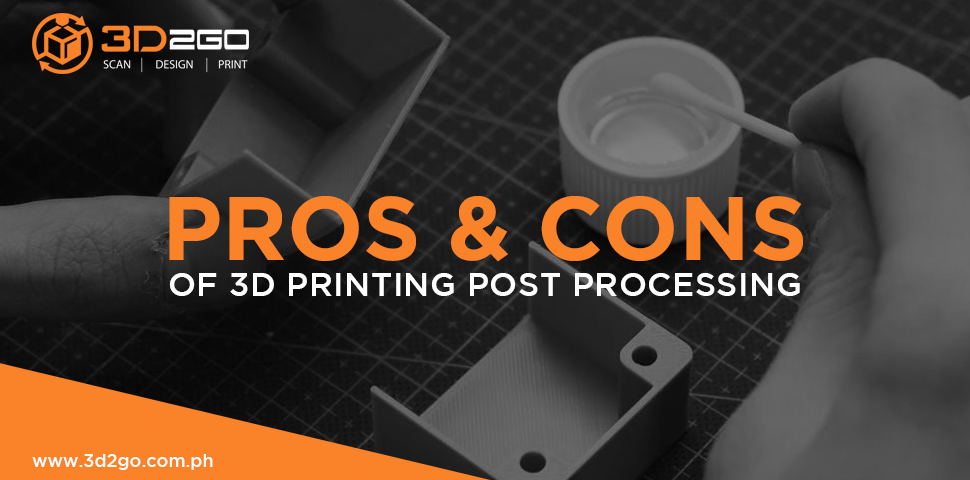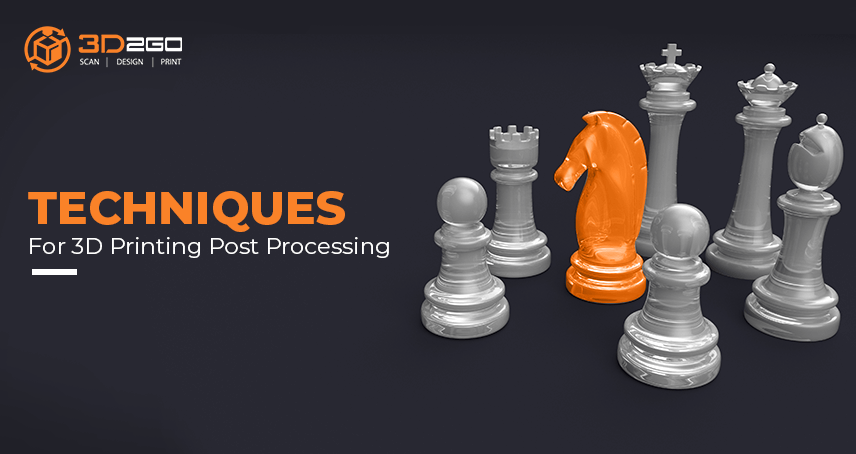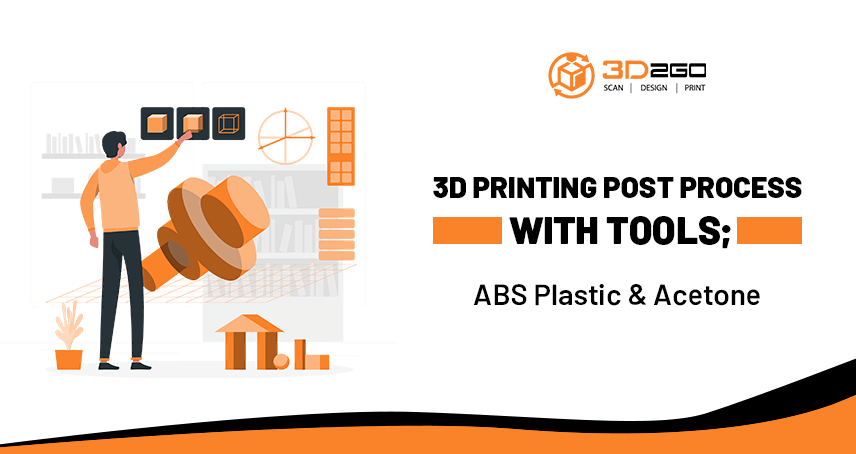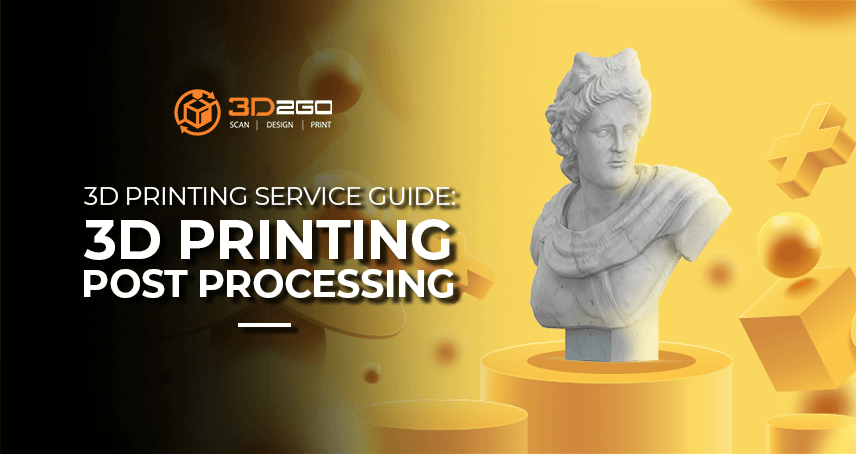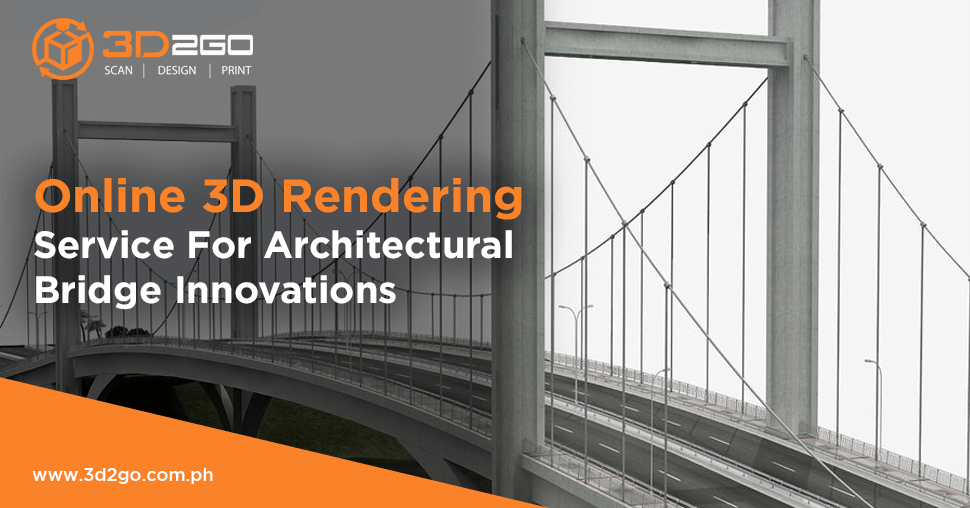
Online 3D Rendering Service For Architectural Bridge Innovations
August 26, 2022
8 Customized Figurines Philippines Ideas You Should Try
August 28, 2022Why should you have 3D printing post processing?
Post-processing can improve a printed part’s aesthetics, but it can also improve the strength and other properties. Once you discover the beauty of post-processing, you’ll never want to leave your 3D prints untouched again.
Almost every 3D print requires some sort of post-processing after it’s printed. There’s a lot of information and advice about post-processing 3D prints out there, but here different methods to consider
Different methods how to finish 3d prints
Parts manufactured with 3D printing technologies usually require some degree of post-production treatment. This important step of the 3D printing process is known as post-processing.
In short, post-processing in 3D printing refers to any process or task that needs to be performed on a printed part, or any technique used to further enhance the object.
Listed are 5 of the techniques we do here at 3D2GO for polishing abs plastic and other materials:
| Method | Pros | Cons |
| Support Removal
Depending on what they’re made of, supports can be insoluble or soluble. Removing insoluble supports is usually done by snapping them with your fingers or cutting them with a pair of pliers. On the other hand, soluble supports can simply be dissolved by soaking the part in either water or another liquid, leaving little to no marking or residue. |
• Relatively easy to do
• Doesn’t require much equipment • Soluble supports provide more design flexibility |
• Even when removed carefully, supports can leave marks
• While sometimes structurally necessary, supports don’t improve the appearance or properties of a part |
| Welding
Refers to connecting ABS parts using acetone. Apply a little bit of acetone onto the part you’d like to “glue”. |
• Stronger than other joining methods
• Inexpensive • Low skill-level required |
• If too much acetone is applied, the entire part can be ruined
• The weld is not as strong as the rest of the part • Only ABS can be welded with acetone |
| Gluing
Similar to welding, this is generally used when something can’t be printed in a single piece due to the dimensional constraints of the printer. |
• Works with common filaments (PLA, PETG)
• Inexpensive • Not time-consuming |
• Not as strong as welding; parts are weak at the gluing point
• Can be messy |
| Priming & Painting
Priming is a post-processing technique that’s used for preparing a surface for painting. It simply means coating the part with either primer paint or primer spray Once everything is dry, you can start painting. |
• Enhances the look, adding color, as well as the feel of a part
• Provides a smooth surface finish • Works on all FDM materials |
• Relatively time-consuming
• Can be costly due to the equipment needed • Some skill is required to achieve great results |
| Hydro Dipping
Also known as water transfer printing or water transfer imaging. A process of applying printed graphic designs to solid objects using special water transfer paper. Hydro dipping is only used for enhancing the aesthetics of the object and does not change the feel or any dimensional properties. |
• Dimensional accuracy is maintained
• Complete design freedom • Works on all materials |
• Paper transfers can be expensive
• A few attempts are needed to get the feel for performing this technique • Not resistant to scratches or other surface damage |
Where can I go for a3D print finishing?
Post-processing is becoming increasingly an integral part of the 3D printing process.
With special post-processing machines being developed the process is becoming automated which makes it more scalable than previously possible.
You have the option to use 3D2GO’s post-processing services. Contact us today!


